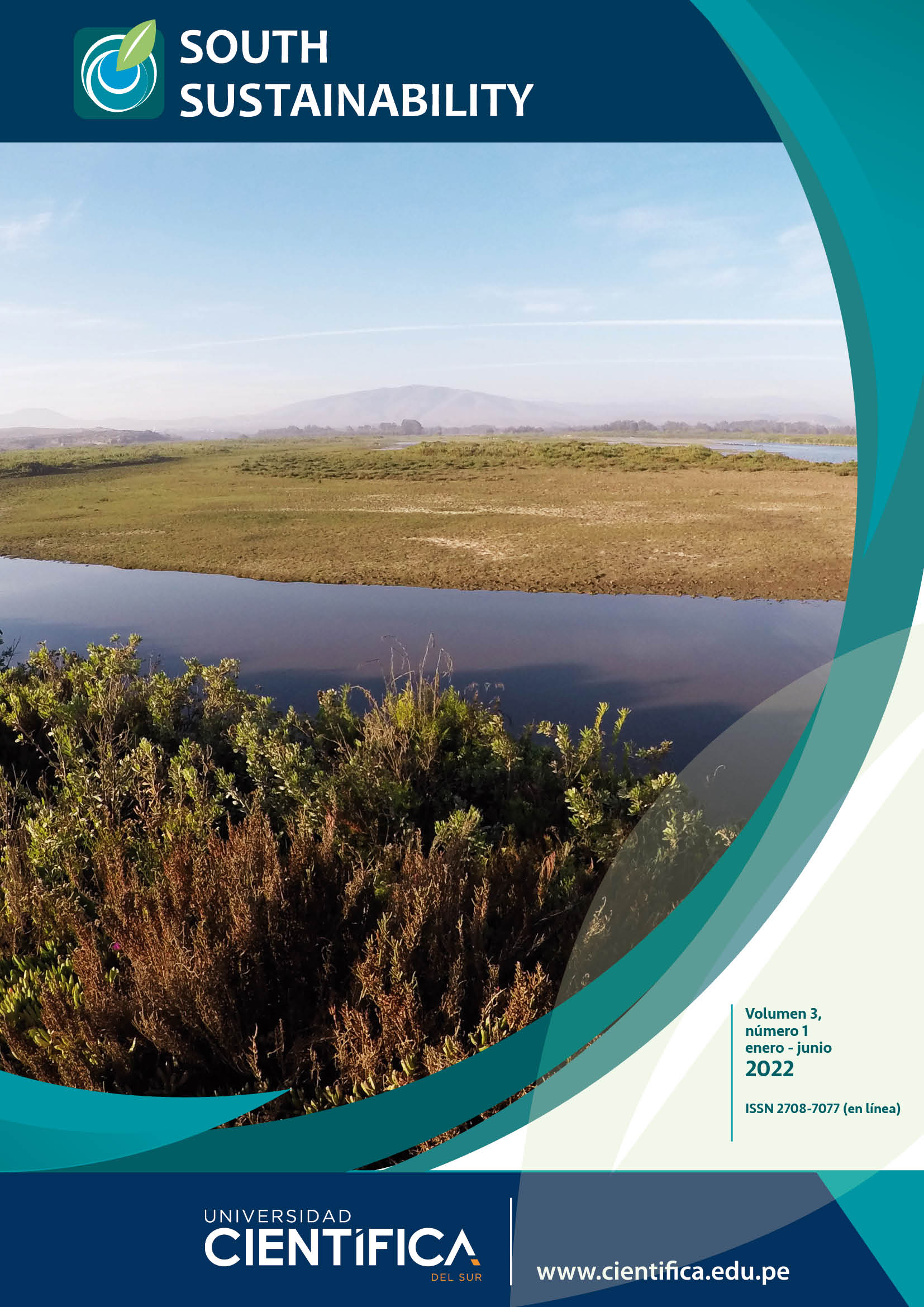Disaster risk estimation models and the classification of their risk levels
DOI:
https://doi.org/10.21142/SS-0301-2022-e051Keywords:
Threat, Vulnerability, Disaster Risk, Sustainable development, Risk estimationAbstract
Disasters are not natural, nor are they events that occur by chance. Rather, they are caused by inadequate or non-existent land use planning. Furthermore, due to the effects of global warming, some threats of natural origin have grown in intensity and frequency and this, added to the vulnerability of many human population centers, has resulted in considerable loss of human life, damage to infrastructure and impacts upon sources of livelihood. As a consequence, in the wake of disasters, repeated investment is made in reconstruction, thereby slowing development at both local and regional levels and making it difficult to comply with Goal 11 of the Sustainable Development Goals: sustainable cities and communities. One of the main problems with disaster risk estimates is the wide array of existing methodologies, which fail to address the need for a complete or integrated analysis of the components of disaster risk and associated sub-variables; this is a consequence of the different professional backgrounds of the multitude of researchers involved. Furthermore, most existing methods conduct analyses of extensive territories on a small scale; they recommend a probabilistic approach with sufficient quantity of data, and/or they classify risk levels qualitatively, without taking into consideration the quantitative definition of the United Nations Development Program (UNDP). In this context, the aim of this article is to describe the current situation of disaster risk estimation methodologies, as well as the weaknesses that need to be addressed in order to improve or complement them.













